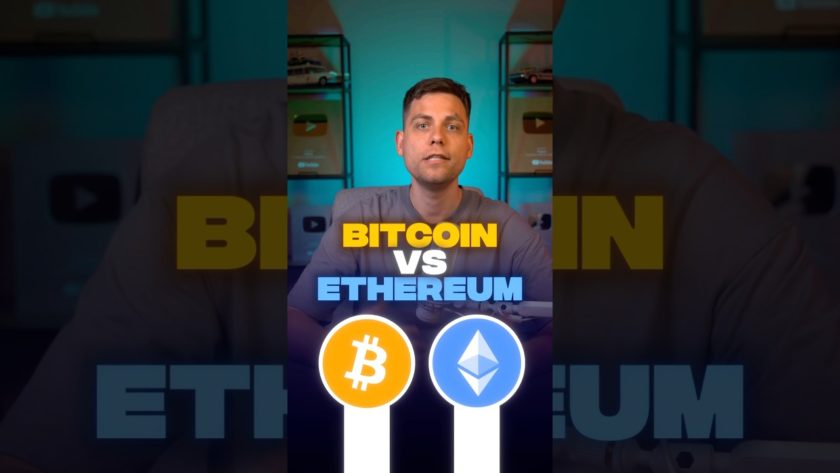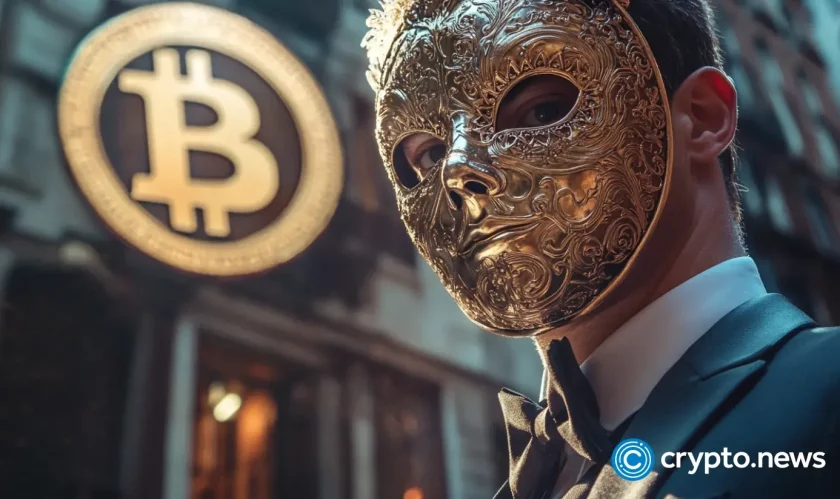Data shows that the trading volume of Bitcoin (BTC) non-fungible tokens surpassed that of popular blockchains like Solana, Mythos, and Polygon in the last 30 days. Bitcoin’s new fame in digital collectibles can be attributed to the current ordinals and BRC-20 token standard trend.
While Ethereum and other blockchains have ruled the digital collectibles space over the years, the growing popularity of ordinals and the BRC-20 token standard is fast bringing a paradigm shift in the multi-billion dollar non-fungible token (NFT) ecosystem.
According to data released by CryptoSlam, an NFT industry data aggregator, the Bitcoin blockchain has emerged as the most popular chain for NFT minting in the last 30 days, surpassing leading networks such as Polygon, Cardano, Solana, and others.
Though Ethereum remains the number one chain for NFT market participants, with a sales volume of $392,218,651 between April 23 to May 23, Bitcoin accounted for the second-largest digital collectibles sales volume ($171,473,301) during the same period.
Ordinals bringing new use cases to bitcoin
It’s no news that Satoshi Nakamoto, arguably the father of modern blockchain technology, created the Bitcoin network to power a decentralized financial system immune to hyperinflation and crisis.
However, the recent launch of the BRC-20 token standard by Domo, a pseudonymous programmer, is paving the way for more groundbreaking use cases of the Bitcoin network, including NFT minting.
Bitcoin-based NFTs, popularly known as Ordinals, have become the hottest properties in digital collectibles, despite the ongoing debate that this new trend may be bad for the network in the long run.
In the last 24 hours, a total of $3,526,237 worth of ordinals has exchanged hands, representing a 21.43% increase within that timeframe, according to CryptoSlam.



